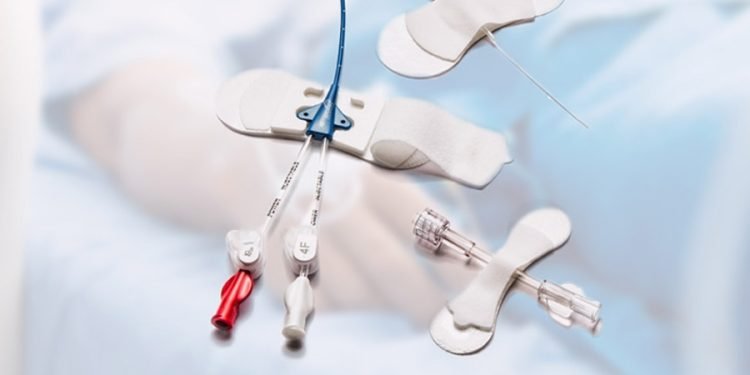For patients who use an external male catheter, any number of issues can arise from leakages to the device popping off causing embarrassment and inconvenience. Catheter stabilization devices do as the name suggests and stabilize the catheter so it stays on and performs better, lessening the need for repeated catheter changing and lowers the risk of leakages and rashes. While it is certainly not prescribed in every case, in some cases it can greatly contribute to the comfort and utility of a catheter.
Purpose Of The Stabilization Device
The stabilization device is designed to work in conjunction with the male external catheter and to ensure its usefulness and ease of use for the patient. Catheters can ‘migrate’ and move from their applied position causing discomfort and an impediment in daily tasks in the life of the patient. Since the stabilization device keeps the catheter in one place, the patient has better access to the device and is assured of its location at all times.
The purpose of the stabilization device is never to cause poor circulation in the male organ area or to become any kind of impediment in the timely assessment and evaluation of the area for signs of rashes etc. If it is causing the latter and the former, the product should be discontinued by the patient in favor of another therapy.
The device should be applied in a germ-free environment with very clean hands and a clean catheter so there is no risk of contamination. This non-contamination approach is generally an aseptic technique and can help ensure there are no skin irritations or reactions later down the road.
How To Use
The stabilization device should always be double-checked for all its components before it is applied. The patient should visit their medical practitioner to report on their past experiences with a catheter (whether it is loose, uncomfortable or falls off repeatedly or is too tight) so that the doctor can determine if a stabilization device will be helpful or not. Tape that has been sterilized and surgical strips are also used instead of a stabilization device sometimes or can help secure the latter even better.
Each stabilization device is slightly different so time should be taken to thoroughly read the manufacturer’s instructions and manual. This is especially so for patients attempting to use this device at home to better secure their catheter to increase their comfort and general mobility. The stat lock picc is a very helpful stabilization device for a wide range of catheters regardless of size and purpose. It can be used for very small catheters that are for neonatal use as well as ones that are meant for pediatric use (children) or geriatric use (elderly people).
The stat lock picc has an anchor pad and gull wings for optimal adhesion and comfort. Every day once the stabilization device and the adjoining catheter are removed, an inspection of the access area should be carried out especially if the device has not been used for long. The added adhesion can cause some skin types to react so it is important to pay attention to the condition of the skin around the organ.
The use of sterilized tape or surgical gauze strips should ideally be placed on the perimeters of the stabilization device itself and not directly on the catheter if it can be avoided. In some cases sutures need to be carried out in order to correctly adhere the catheter but they can take some time to heal and may not be the best choice for sensitive skin types. Sutures are an alternative method of catheter stabilization and if they are found to hurt too much, a device may be the better choice.
Patients are advised to use a new stabilization device only with a new catheter. If the catheter has moved from its site or has ‘migrated’ as they say in medical terms then it should be removed and a new catheter should be applied with a new adjoining stabilization device.
Quality Makes A Difference
All stabilization devices are not manufactured the same way and varieties that are made from tricot polyester or other very soft materials like closed cell foam are likely to be more comfortable and slightly more absorbent. Of course if the catheter has been adhered securely, there should be no chance of leakage and if there is, the patient should use an underpad and carry it when around and about, so they have a backup until they can apply a new catheter.












